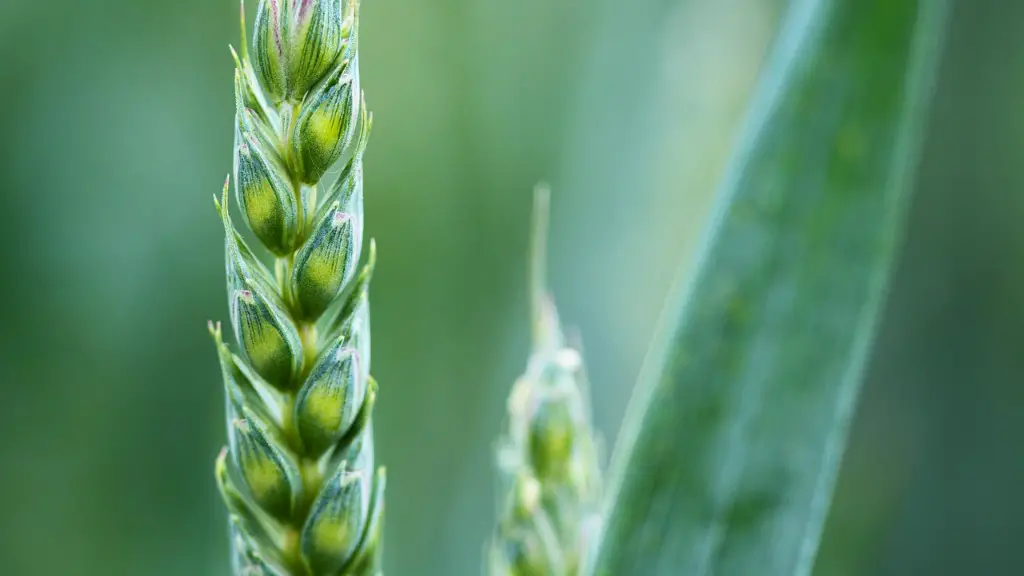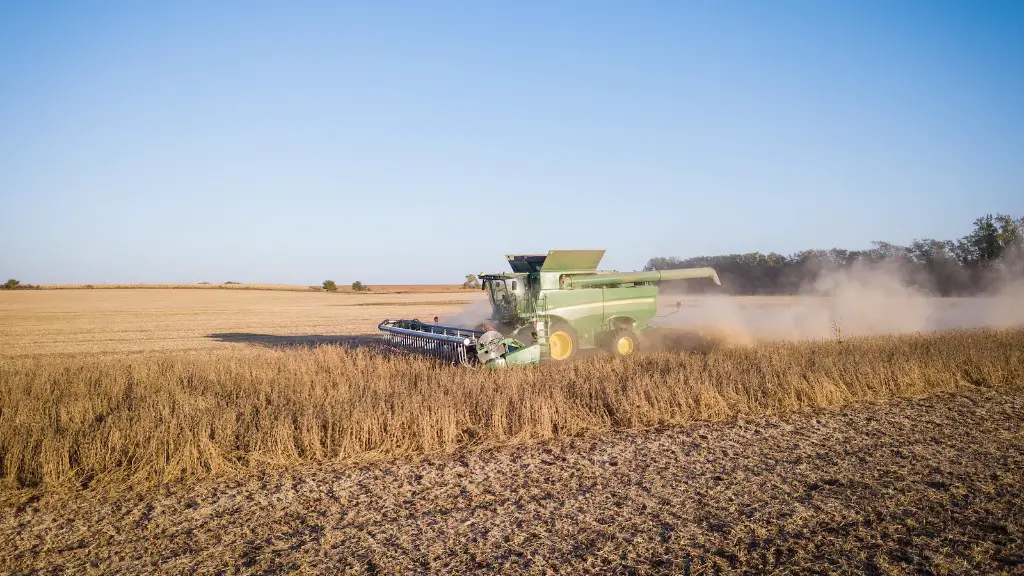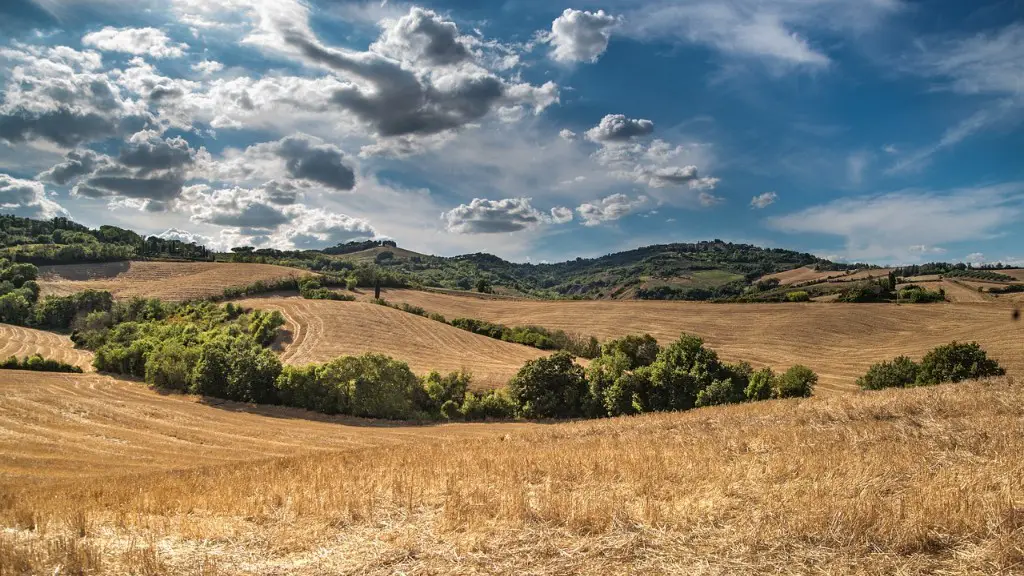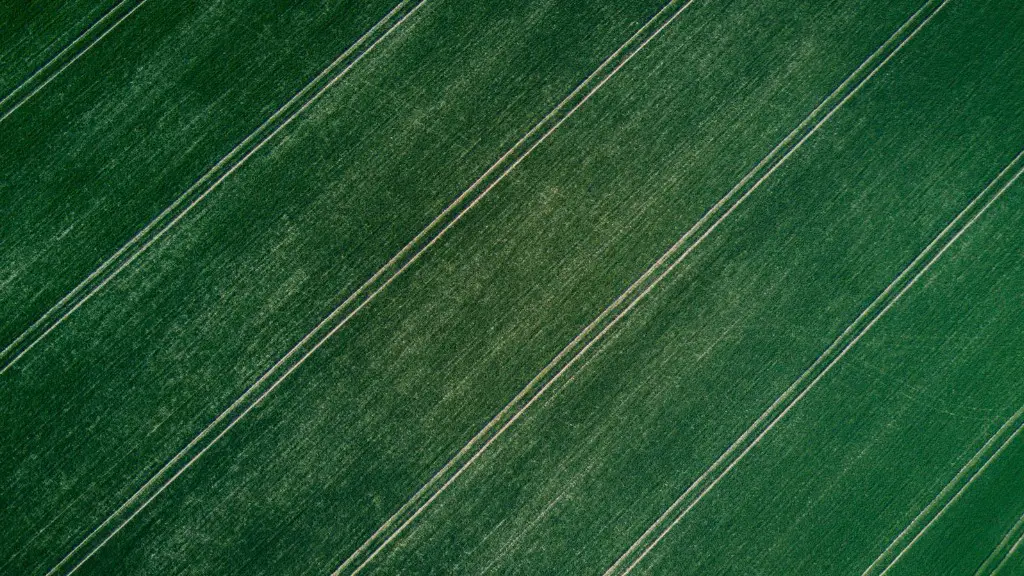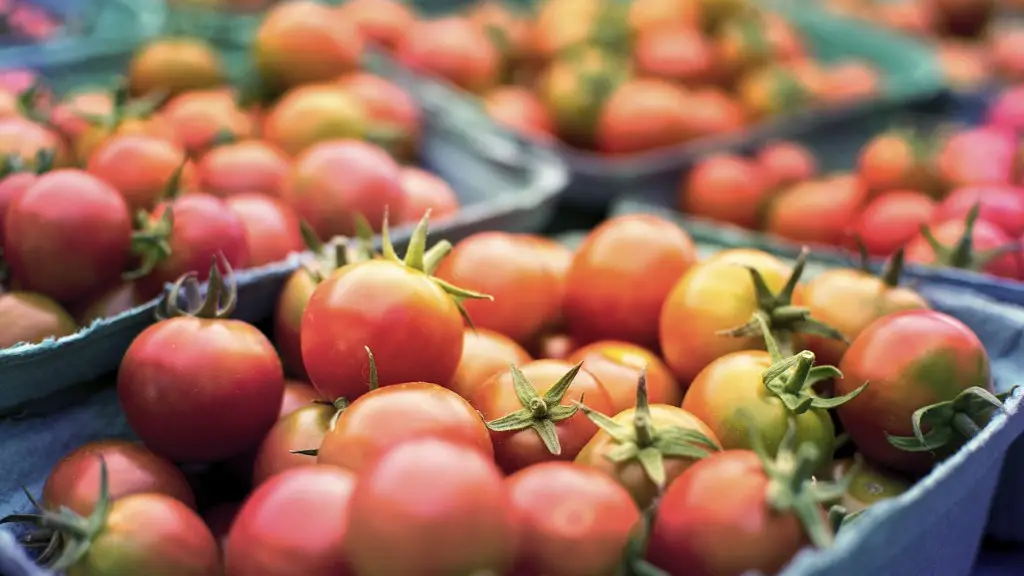As the world’s population continues to grow, so does the demand for food. In order to meet this increasing demand, agriculture must become more efficient and productive. Smart agriculture is a term used to describe the use of technology and data to improve the efficiency of agricultural production. By using data to improve the efficiency of farming, we can reduce the amount of land and water needed to produce food. This is important not only for the environment but also for the future of food security.
There are many reasons why we need smart agriculture. With the world’s population expected to reach 9.7 billion by 2050, we need to find ways to produce more food with fewer resources. Smart agriculture can help us do this by using technology to improve crop yields, reduce water usage, and reduce pesticide and herbicide use.
In addition, smart agriculture can help us better understand and manage the complex ecosystems that we rely on for food production. By using sensors and other data-gathering tools, we can gain a more holistic view of how our agricultural systems are functioning and identify areas where we can make improvements.
Ultimately, smart agriculture is about using technology to create a more efficient, sustainable, and productive food system. This is essential if we want to feed the world’s growing population in a way that is environmentally sustainable.
What does smart agriculture do?
Climate-smart agriculture (CSA) is an approach that can help us meet the challenges of food security and climate change. CSA integrates management of cropland, livestock, forests and fisheries to address the interlinked challenges of food security and climate change. This approach can help us produce more food with less impact on the environment.
Smart farming techniques are becoming increasingly popular among farmers as they offer a more efficient and effective way to monitor the needs of individual animals and adjust their nutrition accordingly. This helps to prevent disease and enhance herd health.
Is smart farming the future of agriculture
Smart farming is the future of agriculture. According to the United Nations (UN), the world’s population is expected to reach approximately 97 billion by 2050. With this increasing population, agricultural demand is expected to increase exponentially. Smart farming is a way to increase agricultural production using technology to improve efficiency and yield.
With the advent of smart farming systems, this is no longer the case. Smart farming systems make use of remote sensing technologies to monitor the land and crops, and provide information that can be used to improve productivity and reduce waste. In addition, these systems enable the management of a greater number of resources, such as water and fertilizer, through the use of sensors and data analysis. By reducing the need for the farmer to be in the field, smart farming systems can help to improve the efficiency of farming operations and increase the profitability of the business.
How is smart farming sustainable?
Smart farming is a type of agriculture that uses modern technology to increase crop yields and improve agricultural processes. Farmers who practice smart farming use sensors and machinery to remotely monitor their crops, which helps them to be more efficient and productive.
Precision agriculture, or smart farming, is a type of agriculture that uses precision technologies to increase yields while preserving the environment. This type of agriculture is seen as a way to sustainably meet the demand for food while preserving the environment and increasing prosperity for today and in the future.
What is the conclusion of smart farming?
The future of agriculture appears to be bright, as new technology is allowing farmers to increase yields while using fewer resources. In particular, the use of sensors and real-time data appears to be leading to more efficient and effective farming practices. This, in turn, is helping to close the gap between quality and quantity, and ensure that farmers can produce the food that we need in a sustainable way.
Climate-smart agriculture (CSA) is an approach for developing and intensifying agricultural production systems in order to transform and reorient them to effectively support development and ensure food security in the face of climate change, while simultaneously maintaining and enhancing ecosystem services and environmental functions.
In essence, CSA interventions seek to achieve three outcomes:
(a) Sustainably increasing agricultural productivity and incomes;
(b) Adapting and building resilience to climate change;
(c) Reducing and/or removing greenhouse gases emissions, where possible.
CSA is thus a systemic approach, which involves integrat- ing multi-sectoral policies, technologies, management practices, processes and strategies across the whole agri- food system, with a view to achieving the above three objectives in an interactive and mutually reinforcing way.
What is the impact of smart agriculture
There are many benefits to smart farming, including increased production and water savings. By optimizing all the processes related to agriculture and livestock, farmers can increase their production rates. Additionally, by using weather forecasts and sensors to measure soil moisture, farmers can ensure that they are only watering their crops when necessary, and for the right length of time. This can lead to significant water savings.
Smart farming is an important step in reducing the ecological footprint of farming. By minimizing the use of inputs such as fertilizers and pesticides, smart farming can help to reduce leaching problems and greenhouse gas emissions.
What are 3 benefits of sustainable agriculture?
There are a number of ways to increase profitable farm income while promoting environmental stewardship and enhancing quality of life for farm families and communities. One way is to increase production for human food and fiber needs. This can be done by increasing yield per hectare or by expanding the area of land used for agriculture. Another way to increase profitable farm income is to add value to farm products through processing, packaging, and marketing. This can be done by adding value-added products, such as organic foods, or by marketing products directly to consumers.
With the help of smart farming techniques, farmers can achieve higher productivity with existing farming practices. This in turn, enhances production efficiency and the quality of farming products. With all this, smart farming techniques increase farmer’s quality of living by minimising heavy and monotonous work.
How can we improve smart farming
Smart farming generally refers to the use of technology and data to improve the efficiency of agricultural production. One of the most common ways in which smart farming is used these days is for the monitoring of climate and weather conditions. This information can be used to optimize irrigation systems, choose the best times for planting and harvesting, and predict potential weather-related risks.
Livestock monitoring is another area where smart farming technology is being put to good use. By outfitting animals with sensors, farmers can track their whereabouts, monitor their health, and even collect data on their eating habits. This information can be used to improve animal husbandry practices and ensure that animals are healthy and well-fed.
Crop management is another area where smart farming techniques are being employed. Farmers are using sensors and precision agriculture techniques to better understand the needs of their crops. This information can be used to optimize irrigation and fertilization, as well as predict potential pest and disease risks.
Soil quality monitoring is another important application of smart farming technology. By collecting data on soil moisture levels, pH, nutrient levels, and other factors, farmers can get a better understanding of the health of their soil. This information can be used to improve soil management practices and ensure that crops are
Climate-smart agriculture is an important pathway towards sustainable development and food security. It is built on three pillars: increasing productivity and incomes, enhancing resilience of livelihoods and ecosystems, and reducing and removing greenhouse gas emissions from the atmosphere.
Climate-smart agriculture can help increase productivity and incomes by improving husbandry practices, adopting new technologies, and better management of natural resources. It can also help enhance resilience of livelihoods and ecosystems by promoting sustainable land use, improving water management, and increasing the use of climate-resilient crops. Finally, climate-smart agriculture can help reduce and remove greenhouse gas emissions from the atmosphere through practices such as improved livestock management, agroforestry, and the use of clean cookstoves.
Climate-smart agriculture is an important tool for achieving the Sustainable Development Goals, particularly Goal 2 (Zero Hunger), Goal 13 (Climate Action), and Goal 15 (Life on Land). When implemented well, it can create a virtuous cycle of increased productivity, enhanced resilience, and reduced emissions, leading to a more sustainable future for all.
What are the basic goals of sustainable agriculture?
Sustainable agriculture is a system of production that seeks to meet the needs of present generations while protecting the environment and ensuring the viability of resources for future generations. The three main goals of sustainable agriculture are environmental health, economic profitability, and social and economic equity.
Environmental health is achieved through practices that minimize soil erosion and degradation, conserve water, and promote biodiversity. Economic profitability is attained by producing crops and livestock that are marketable and in demand, while also maintaining the long-term productivity of the land. Social and economic equity is achieved by ensuring that farmers and workers have fair wages and working conditions, and by providing access to land and resources for all.
The use of improved seed varieties has increased due to the availability of inorganic fertilizers and the FISP. The increased use of these varieties has led to increased yields and resilience to weather variations.
Conclusion
There are many reasons why we need smart agriculture. One reason is that it can help us to be more efficient in how we use land and other resources. For example, smart agriculture can help us to reduce the amount of land we need to cultivate by using things like precision agriculture techniques. This can free up land for other uses, or simply help us to use our resources more efficiently.
Another reason why we need smart agriculture is that it can help us to produce food more sustainably. Smart agriculture can help us to reduce the amount of water and chemicals we use, and it can help us to improve soil health. This can help us to produce food in a way that is healthier for the environment and for the people who consume it.
Finally, smart agriculture can help us to feed a growing world population. As the world population continues to grow, we will need to find ways to produce more food with fewer resources. Smart agriculture can help us to do this by increasing yields and improving the efficiency of food production.
In short, smart agriculture is critical to ensuring global food security in the face of a changing climate. With the world’s population projected to reach 9.7 billion by 2050, the demand for food will continue to increase, putting even more pressure on our already strained agricultural systems. Smart agriculture can help us meet this demand in a sustainable way, by reducing our impact on the environment and natural resources, while simultaneously increasing crop yields and farmers’ incomes.
